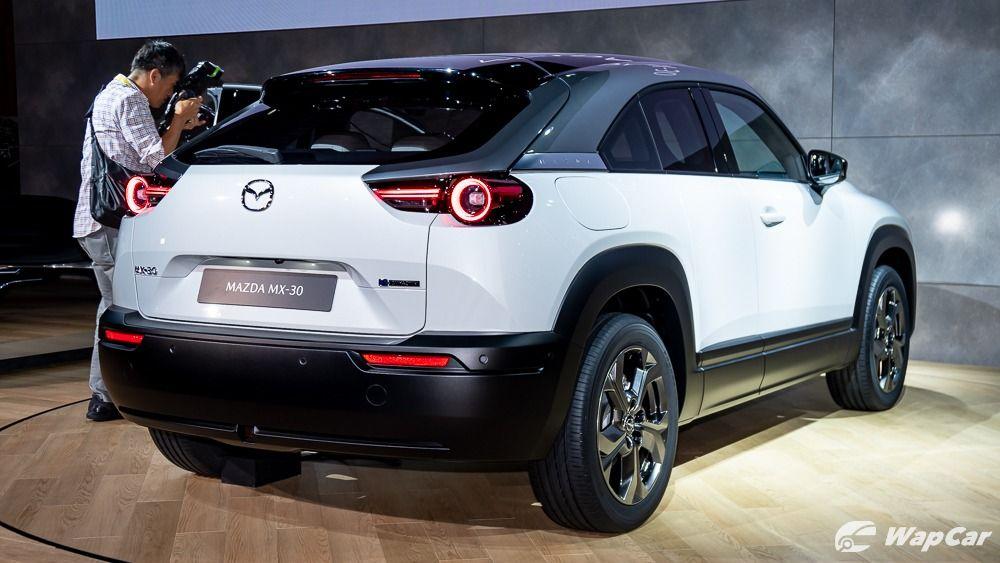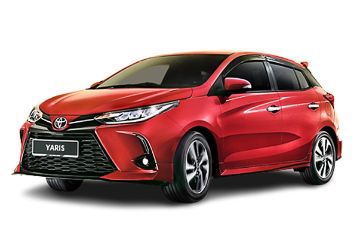![BEVs with high battery capacity are not as environmentally friendly as you think says Mazda 01]()
In today’s trend of tightening emission regulations which require carmakers to lower their average fleet CO2 emissions, the easiest way to bring down that average is through zero-emission vehicles such as plug-in hybrid electric vehicles (PHEV) or battery electric vehicles (BEV).
It’s easier to get consumers to switch to PHEVs because it’s still a familiar machine to them as the main source of propulsion is still from an internal combustion engine (ICE).
![BEVs with high battery capacity are not as environmentally friendly as you think says Mazda 02]()
BEVs, on the other hand, are a little trickier. Range anxiety is one of the major concerns for many consumers because a BEV doesn’t recharge as quickly or conveniently as an ICE vehicle.
To make BEVs sexy, manufactures are packaging their BEVs to be as conventional as possible. Promising driving range that is equivalent to a regular ICE vehicle coupled with exhilarating performance. Tesla is a prime example.
![BEVs with high battery capacity are not as environmentally friendly as you think says Mazda 01]()
By simply incorporating a larger battery pack, carmakers are able to provide a longer driving range. The Tesla Model S Long Range currently has the longest range of any EVs on the market with 603.5 km range based on the WLTP cycle courtesy of a 100-kWh lithium-ion battery pack.
However, according to Mazda, the way the industry is achieving an extended range on BEVs – by installing larger battery packs – is in fact, more detrimental to the environment in the long run.
![BEVs with high battery capacity are not as environmentally friendly as you think says Mazda 02]()
In Mazda’s ‘Sustainable Zoom-Zoom 2030’ vision, the company wants to reduce CO2 not just at the end-users (driving the car) but throughout the vehicle’s lifespan measured using the Life Cycle Assessment (LCA).
The LCA measures the CO2 emissions a car puts on the environment over its entire life span – from materials extraction, manufacturing, Well-to-Wheel (emissions from fuel extraction to driving), maintenance and disposal. This method is in accordance with the environmental management standards, ISO 14040.
![BEVs with high battery capacity are not as environmentally friendly as you think says Mazda 03]()
Producing a BEV without the battery pack generates the same levels of CO2 as producing an ICE vehicle. However, if a 50-kWh battery is included in the production, it would more than double the CO2 emissions as lithium-ion battery packs require lots of resources to make. The emissions grow exponentially with the battery capacity.
Not only that, but there’s also a significant cost to the environment when it comes to replacing the large-capacity battery to maintain the car’s performance.
![BEVs with high battery capacity are not as environmentally friendly as you think says Mazda 04]()
What Mazda is trying to put forward is that a zero-emission car is not necessarily ‘zero-emissions’ and we need to re-evaluate how the industry assess CO2 emissions of BEVs, not just looking at the emissions produced while the car is driving on the road.
Which is why Mazda’s first BEV, the Mazda MX-30, only has a 35.5 kWh battery pack with 200 km of range (WLTP test cycle). This configuration keeps the LCA CO2 emissions at a manageable level while offering consumers practical driving range.
This approach is what Mazda calls, ‘right-sizing’ the battery pack, balancing between LCA CO2 emissions and real-world practicality. Interesting way to look at things don’t you think?
According to internal findings, 70% of BEV owners own an ICE vehicle as well which they would take the latter on long journeys. The average driving distance per day on their BEVs is about 64 km which the MX-30 can confidently meet the daily driving needs.
![BEVs with high battery capacity are not as environmentally friendly as you think says Mazda 05]()
On an average usage basis, an MX-30 owner would need to fully recharge their car every 3 days.
Is it a compromise compared to other BEVs on the market? Possibly, if you’re planning to have BEVs to replace your ICE cars completely.
![BEVs with high battery capacity are not as environmentally friendly as you think says Mazda 06]()
But in the grand scheme of things, the MX-30 takes on a more holistic solution to a cleaner and more sustainable future.
The MX-30 is Mazda’s way to challenge the industry to reassess how they build BEVs and that BEVs should coexist with ICE vehicles, not replace them completely.














